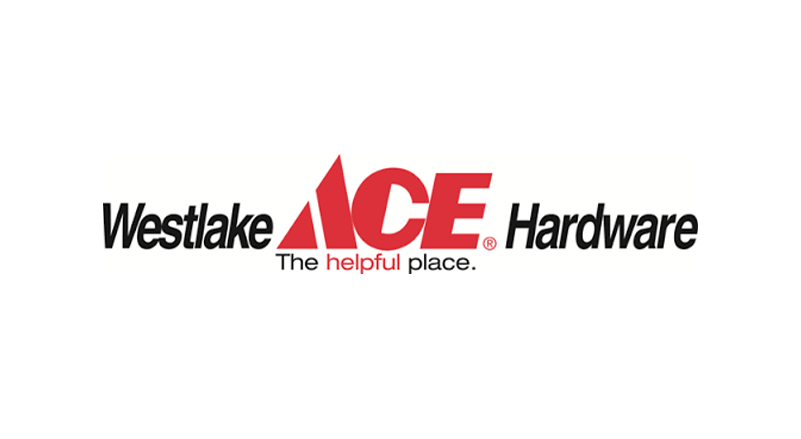Best Buy Collects over 1 Billion lbs of Electronics for Recycling
Five years ago, Best Buy set a goal that many thought would be nearly impossible to achieve: collect 1 billion pounds of electronics and appliances for recycling by the end of the year 2014.
The retailer not only surpassed that goal this summer, the company's leadership also pledged to mange an additional 2 billion pounds by 2020 through a take-back program, which spans over 1,400 stores in the United States.
"We're hoping to collect twice as much in the same amount of time," said Scott Weislow, senior director of environmental services of Best Buy.
The company made plenty of adjustments that were behind the scenes to deliver against its initiatives and to minimize the expense of the program. Best Buy has actually been collecting electronic items since 2001, but the company formalized the program in 2008 and decided against building its own recycling and refurbishment infrastructure.
Instead, it has allied itself with about a half-dozen e-waste experts that can help Best Buy harvest value from the materials and precious metals that are within the outdated or damaged products.
"their first job is to see whether they can repair the item and get it back into the market," Weislow said. "The next step is to determine: Are there other parts they can use?"
Taking a regional approach, Best Buy matched its own investments to places where the state laws required or encouraged collection. One big change it made as the years went on involves how items are delivered to recycling facilities. It previously contracted with third-party companies to handle this; now it uses the same trucks that deliver new items to stores to pick up items that are intended for recycling. "The previous model was expensive and sub-optimal," Weislow said. "We had trucks that were already filled with products heading in. Why couldn't we consolidate the shipments?"
The big question is: how will Best Buy achieve its new aggressive goal? The retailer's own research shows only 39percent of consumers recycle their electronic items. The research covered about 900 adults between the ages of 18-65, and it was conducted independently by Millward Brown during July and August.
The data that was collected suggests that there is plenty of room for upside: Seventy percent of the respondents said they anticipate recycling these items in the future.
While many items collected so far have been televisions, Weislow expects that will shift in the next year, with more and more mobile phones and desktop computers coming Best Buy's way. It is also closely watching trade-in trends as nearly half of the survey respondents surrendered their old mobile phones for some sort of compensation when buying a new one.

Photo courtesy of Best Buy
Source: GreenBiz.com





